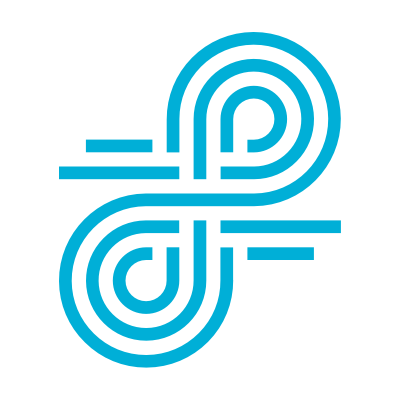Student Digital Learning Tips
If you tuned into our blog last week, we revealed some fascinating insights about student web behavior, courtesy of our new data science team. Using student data from schools and districts utilizing Relay, we examined what students are searching online as well as their 30 most-viewed websites. This provided us with student digital learning tips
(Note: All personally identifiable information has been generalized and anonymized. We take student data privacy extremely seriously — you can read about our privacy policy here.)
Seeing all the search and site activity for students paints a picture of how K-12 students learn using the internet.
Using our findings, here are five student digital learning tips to better understand student user activity — and turn students into more effective digital learners.
1. Instill in students the importance of organizational skills.
Students often access the same websites multiple times each week, if not each day. Teaching students organizational skills such as bookmarking websites and creating website folders can help students be more efficient online. Encourage them to set up bookmarks for Google Docs and other high-ranking sites.
2. Teach students best practices for internet searches.
The seventh most popular search students performed was for “google.” Although students can search the web through the address bar in the Google Chrome browser, many students first visit Google.com before inputting their search queries. IT departments and teachers can help students learn best practices for web searches — such as starting an internet search from the Chrome address bar, or more advanced skills — to get appropriate information faster.
3. Investigate popular search terms on your own time.
Staying on top of internet trends is key to understanding search behavior. For example, just a few years ago, memes (no. 4 in top search terms) were not a popular topic of interest. Keeping tabs on such trends can help IT better understand search traffic patterns. Try searching for these popular terms to see what students see when they perform those searches. If you don’t want your students searching any particular terms, you can add them as Blocked Search Keywords in Relay.
4. Try education sites that are popular at other schools.
If our analysis of the top-viewed sites contained any unfamiliar educational or educational gaming sites, check them out — your students and teachers might benefit from these resources.
5. Educate students and be transparent about filtering policies.
At Lightspeed Systems, we’re dedicated to transparency on how we’ve been categorizing the web for two decades and giving schools the power to set their own filtering policies. It’s helpful to share your schools’ policies with students, too. (High on the list of most-popular search terms is “unblocked games.”)
Ready to take student data insights to the next level with robust reporting on user activity, on and off campus? Request a demo of Lightspeed Relay for Chrome and Mobile Manager to see what you can accomplish with our solutions.

